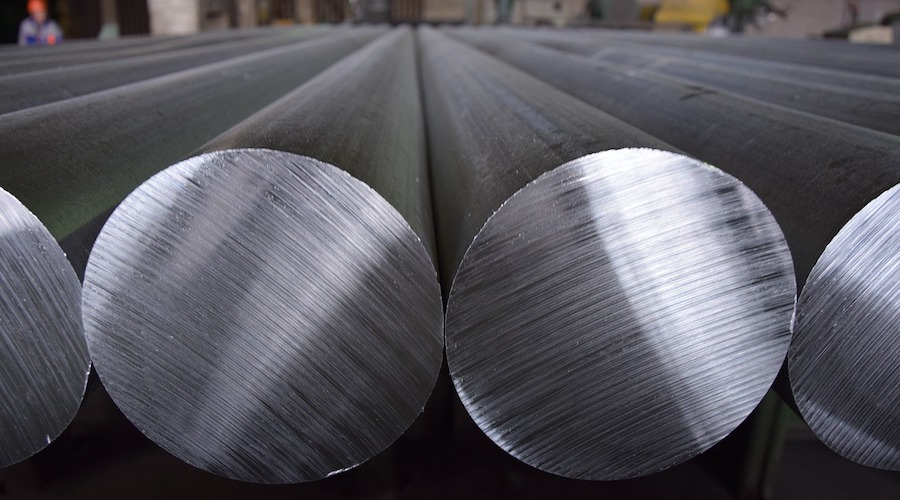Recent development improves aluminum-ion batteries capacity

A research team at the University of Ulm and the University of Freiburg has developed a positive electrode material consisting of an organic redox polymer based on phenothiazine, which allowed aluminum batteries to store a previously unattained capacity of 167 milliampere hours per gram (mAh/g).
In a paper published in the journal Energy & Environmental Science, the scientists explain that the organic redox polymer surpasses the capacity of graphite, which is the most common element used as electrode material in batteries to date.
According to the team, aluminum-ion batteries are seen as a promising alternative to conventional batteries that use scarce and difficult-to-recycle raw materials such as lithium. Aluminum, on the other hand, is one of the most common elements in the earth’s crust, is easier to recycle and is also safer and less expensive than lithium. However, up until now, the development of such aluminum-ion batteries was lacking suitable electrode materials that provided sufficient storage capacity.
The new electrode material is oxidized during the charging of the battery, thereby taking up complex aluminate anions. In this way, the organic redox polymer poly(3-vinyl-N-methylphenothiazine) manages to insert two [AlCl4]−anions reversibly during charging. The researchers used the ionic liquid ethylmethylimidazolium chloride as an electrolyte with added aluminum chloride.
“The study of aluminum batteries is an exciting field of research with great potential for future energy storage systems,” Gauthier Studer, lead author of the paper, said in a media statement. “Our focus lies on developing new organic redox-active materials that exhibit high performance and reversible properties. By studying the redox properties of poly (3-vinyl-N-methylphenothiazine) in chloroaluminate-based ionic liquid, we have made a significant breakthrough by demonstrating for the first time a reversible two-electron redox process for a phenothiazine-based electrode material.”
Poly (3-vinyl-N-methylphenothiazine) deposits the [AlCl4]− anions at potentials of 0.81 and 1.65 volts and provides specific capacities of up to 167 mAh/g. In contrast, the discharge capacity of graphite as electrode material in aluminum batteries is 120 mAh/g. After 5,000 charge cycles, the battery presented by the research team still has 88% of its capacity at 10 C, that is, at a charge and discharge rate of six minutes. At a lower C rate or a longer charge and discharge time, the battery returns unchanged to its original capacities.
“With its high discharge voltage and specific capacity, as well as its excellent capacity retention at fast C rates, the electrode material represents a major advance in the development of rechargeable aluminum batteries and thus of advanced and affordable energy storage solutions,” Birgit Esser, co-author of the study, said.
{{ commodity.name }}
{{ post.title }}
{{ post.date }}

Comments